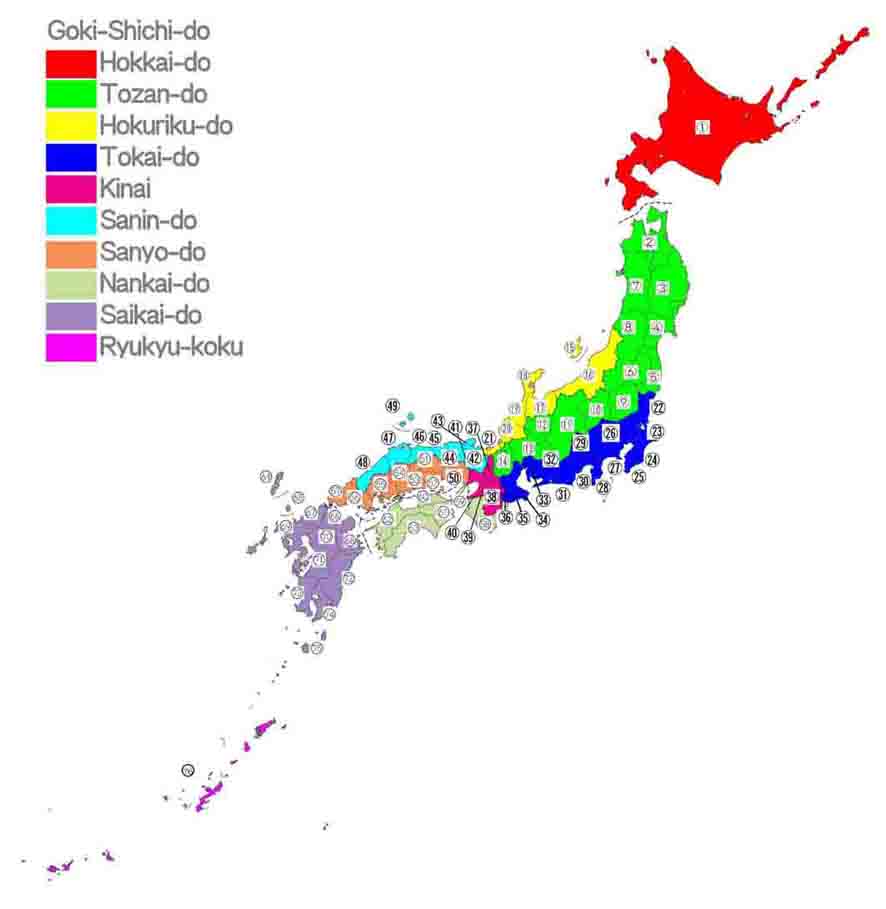Nakayama is in between Narita And Haneda International Airport
<クッキーについての同意並び欧州居住者向けプライバシーポリシー>
中山・下総・散歩道
Izu-no-kuni /The Summary of Izu Province In Classic Japan
Izu-nokuni was an administrative district in classic Japan. The area of Izu Province was located on the eastern part of Shizuoka Prefecture. There was Kai Province (Yamanashi Prefecture) in the north, Sagami Province in the east, Suruga Province in the west, and it was also surrounded by the Pacific Ocean, so it was on the Izu Peninsula. Izu-no-kuni belonged to Tokai-do region, and it was counted as a small sized and middle distant country, and it sometimes used to be the place for exiles. The provincial government of Izu might be in at Mishima city in Shizuoka prefecture, and Kokubun-ji Temple were built in Mishima city. And Mishimataisya Shrine also in Mishima city was registered as Ichinomiya (the first shrine) of Izu Province. In 718.Izu Province was registered as a place of exile in 724, so many people were condemned to exile to. Hayanari Tachibana after Jowa Incident, Yoshio Tomo after Otenmon Incident, Renmo after Anwa Incident, Tametomo Minamoto after Hogen Incidnet, Yoritomo Minamoto the first Shogun of Kamakura Bakufu after Heiji Incident, and Nichiren the founder of Nichiren Sect of Buddhism were famous people to be condemned.
In late Heian Period, Ito Clan, Kano Clan and Hojo Clan divided the province under their control. And Yoritomo Minamoto spent his youth at Hirugashima in Izu as an exile, and he raised his army to fight against Taira Clan in Kyoto who condemned him to exile. Of course he won the battles and gained the power to control the samurai society. Therefore many notable incidents happened there from Kamakura to Muromachi Period. In Kamakura period, the second Shogun Yoriie, the son of Yoritomo was confined and assassinated at Shuzenj in Izi. In 1457 in the middle of Muromachi Period, Masatomo Ashikaga who is the younger brother of the 8th Shogun of Muromachi Bakufu (Muromachi Shogunate) founded his palace at Horikoshi in Izu. Later, Soun Hojo, the famous samurai daimyo known as the first sengoku daimyo, tookover the Horikoshi Gosho (the palace at Horikoshi) and built his castle at Nirayama, so he conquered Izu-no-kuni in 1491. Soun based the castle (Nirayama Castle) to expand to Odawara in Sagami Province, and he took Odawara Castle in 1495. Untile 1590 of the Siege of Odawara by Hideyoshi Toyotomi the Kanpaku Dajo-daijin (the supreme minister and chancellor), Hojo Clan controled Izu Province almost 100 years. At the battel, Ujinori Hojo fought against Toyotomi Clan bravely.
After the Hojo Clan ruined, Izu belonged to the territory of Tokugawa Clan, Nobunari Naito was given Nirayama Castle and Takadugu Toda was given Shimoda by Ieyasu. Izu was directly ruled by Tokugawa Bakufu through Edo Period. Izu was ruled first the castle keeper (Daikan) at Mishima, later Egawa Clan at Nirayama took the position of the castle keeper. Late Edo Period, Tannan Egawa achieved a lot on the field at Foreign Affairs and Coastal Defense, he repaired a Russian Vessel, built a European style ship, a reverberating kiln in Izu.
There are a lot of of remains of Yoritomo Minamoto, the Hojo Clan and Nichren in Izu-no-kuni. Izu is very small region,but it has hundreds of hisitrical properties.
After Meiji Restoration, the classical districts were rebuilt, Most part of Izu merged with Suruga and Totomi to be Shizuoka prefecture in 1871. The lest of parts of Izu merged with Sagami and Musashi to be Kanagawa Prefecture in 1871 too.
参考
静岡県ホームページ
伊東市ホームページ
クロニック戦国全史
戦国武将100話
デジタル大辞林
ブリタニカ国際大百科事典
日本大百科全書(ニッポニカ)
ウィッキペディア
Blue represents Tokai-do and No.28 in the map below is Izu-no-kuni.

- 広告 Advertisement -
